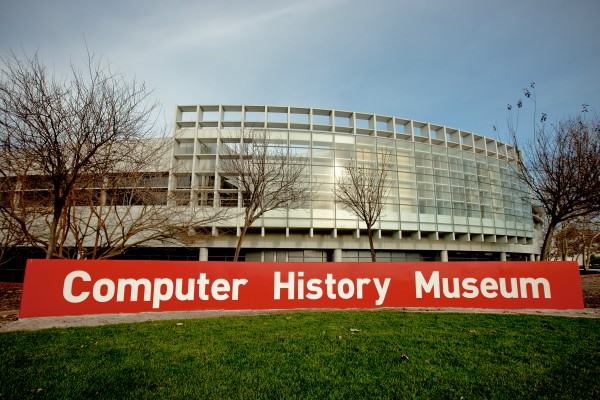The annual Satellite Innovation Conference just completed in Mountain View, CA, at the Computer History Museum–great venue. Organizer Silvano Payne of SatNews kindly invited me to give a market brief on in-space servicing and assembly. In an example of great timing, the first Mission Extension Vehicle was launched just five hours before my talk! (See News for more details on that vehicle and launch.)
This conference had a strong emphasis on business cases: which of the many new space companies, products and services are going to make it? What is going on in the markets addressed from space? Where is more investment needed?
In my talk, I tried to achieve harmony with these themes. There are no “visionary” ideas in the talk (until the last slide). Every system that I briefed is currently under development:
Satellite innovation conference 2019 Roesler
The biggest driver for these technologies is going to be the exponential growth in worldwide demand for broadband (slide 2). Life extension (like MEV) is going to provide fleet flexibility and deferral of CAPEX–Intelsat CEO Steve Spengler had made that point just the previous day. More sophisticated robotic servicing can repair some satellite anomalies and add new capabilities. The repair capability can also be a boon to the space insurance industry–this year there have been five catastrophic events (Vega, Soyuz, Intelsat-29e, ChinaSat, Viasat-2) that have driven premiums way up.
NASA is funding two demonstrations under their Tipping Point program–Made in Space’s Archinaut (in-space manufacture of a boom supporting a large solar array) and Maxar’s SPIDER (formerly Dragonfly), assembling a large antenna using an arm on NASA’s Restore-L. Both will launch in the early 2020s.
What’s missing: REUSABLE IN-SPACE TRANSPORTATION. That will unlock significant economic activity between LEO, GEO and cislunar space. New businesses will be able to leverage it, creating capabilities we haven’t even thought of yet. For example: a large platform in GEO that can host multiple payloads–for communications, Earth observation, and science.


Recent Comments